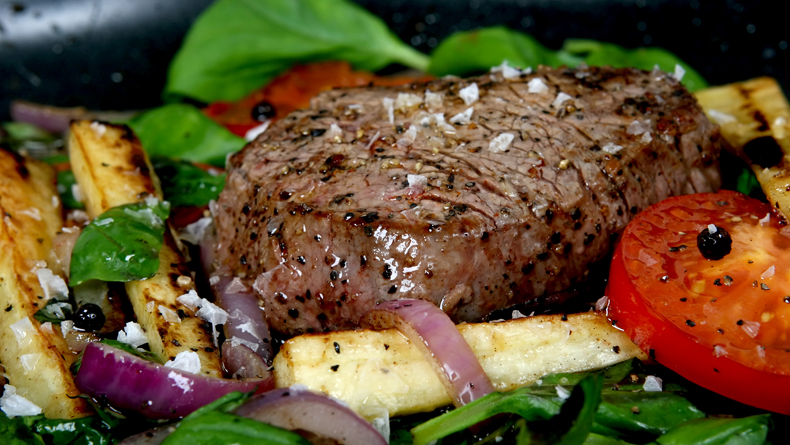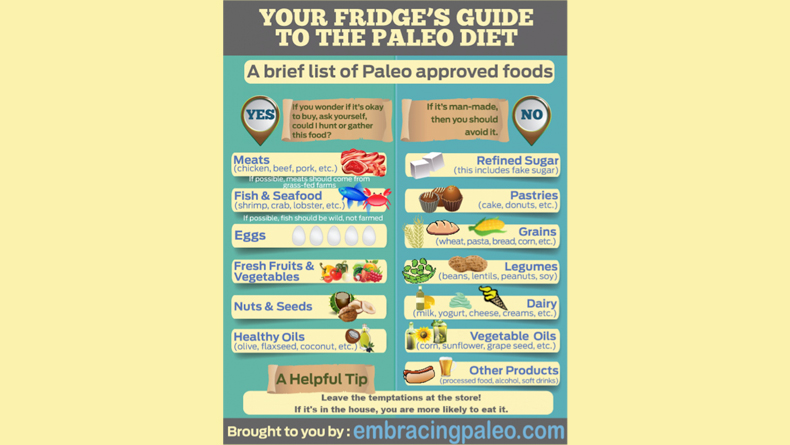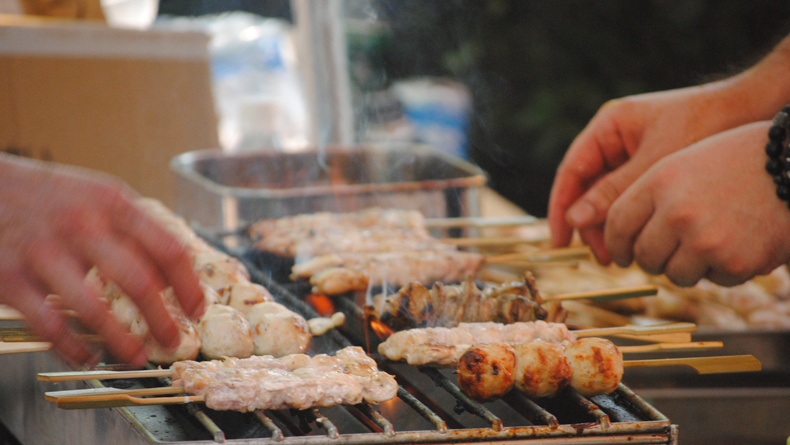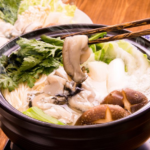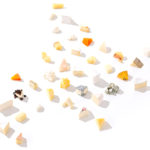Going Paleo in Japan
With many celebrities, professional athletes and health food gurus advocating its benefits, the Paleo Diet is something you've probably heard a lot about recently. It is based on the notion of eating how the human body is genetically designed to eat dating back to the Paleolithic era (aka caveman times). But what exactly does this mean, and how does it apply to those of us in Japan?
Created by Dr. Loren Cordain with his 2002 book, “The Paleo Diet,” the caveman theory of eating has since taken the western world by storm. The simplest rule is, if you can hunt or gather it, it is paleo approved. The graphic below gives a basic idea of what is a yay or nay on the Paleo diet.
Believers of the Paleo way of eating have claimed some of the benefits include:
- Stabilization of blood sugar levels, which aid in the prevention and treatment of Type 2 Diabetes, as well as improved energy balance and mood throughout the day
- Weight loss and burning off of excess fat due to increased fiber and protein intake and reduction in processed and high-carbohydrate foods
- Improved digestive health, with less bloat, gas and indigestion
- Improved brain function, skin health and improved arteries with an increased intake of essential healthy fats
- Higher intake of vitamins, minerals, antioxidants and beneficial plant compounds from improved intake of fresh fruit and vegetables
- May help conditions such as allergies, chronic fatigue syndrome, asthma, anxiety and depression
Eating this way is very different to what you might find in a traditional Japanese diet, consisting a lot of rice, noodles and soy products. Therefore eating out in Japan can be quite a challenge if you are attempting to commit 100 percent to this way of eating. However, a few options to consider can include:
- Yakiniku – Meat and vegetables grilled on a hot plate are acceptable. Just be aware that most sauces will need to be eliminated.
- Yakitori – Largely meat and vegetables on sticks is paleo passable. Stick to the shio (salt) option.
- Shabu Shabu – Meats and vegetables cooked in a hot pot in a seaweed or plain broth. Avoid adding noodles.
- Sashimi – Straight seafood is ok. Sushi served with rice is not. Remember soy sauce is not paleo either, so you could take some coconut aminos with you as a substitute.
This way of eating is definitely not for everyone and can be very challenging for those who are vegetarians and for those who eat out a lot in Japan and have limited language skills to explain your dietary requirements. It may also not be for those with specific health conditions, so it is best to consult with a nutritionist or your health care provider first.
The easiest way to test out whether the Paleo diet is right for you in Japan is to commit for 30 days and be prepared to make the majority of your food at home over that time. A few easy recipes that are Paleo friendly include:
Apple, Carrot & Coconut Brekkie Bowl (The Merry Maker Sisters)
Cauliflower Fried Rice (Primal Pantry)
Sticky Portuguese Chicken Wings (Eat Drink Paleo)
Beef Burger Patties (Glow in Japan)
Tuna & Avocado Wraps (Nom Nom Paleo)
Blueberry Crumble (Balanced Bites)
I personally do not follow this diet. However, I do strongly believe in the overall concept of eating lots of fresh produce (especially vegetables) and avoiding processed and sugary foods as much as possible. Beyond that, it’s up to each person to decide what is best for her.
Steak photo by Robert Owen Wahl; yakitori by Naomi Kuwashima.

